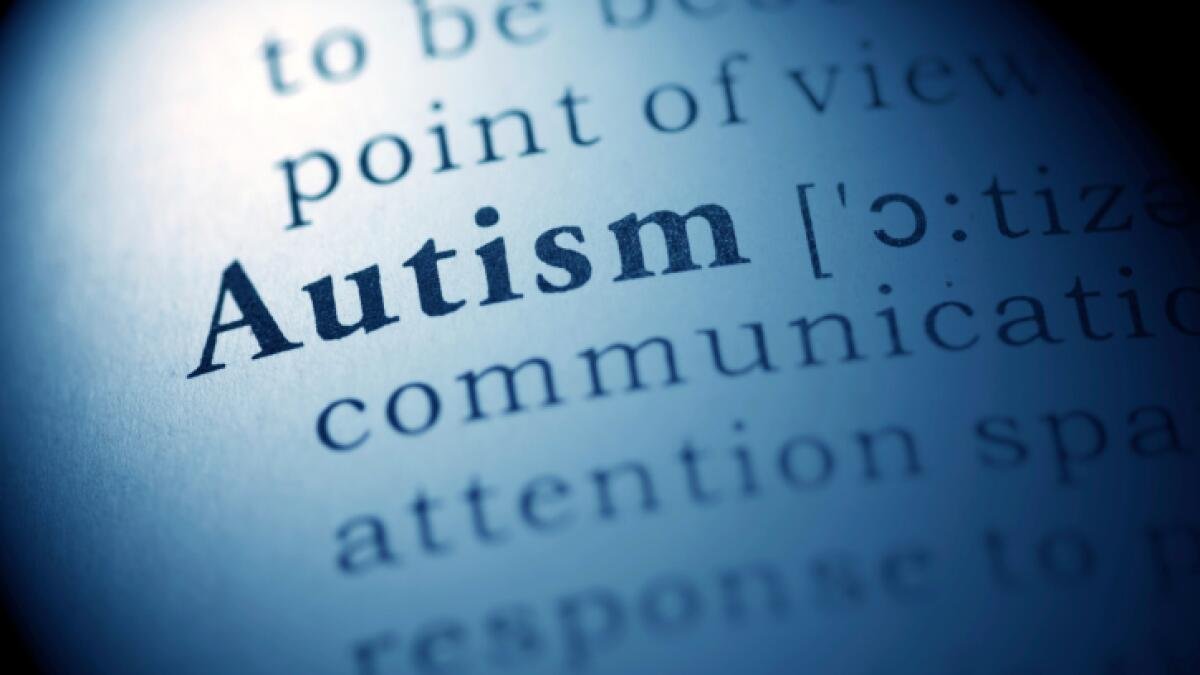ASD, or Autism Spectrum Disorder, is a complex neuro-developmental disorder that affects individuals differently. According to the Centers for Disease Control and Prevention (CDC), 1 in 54 children in the United States is diagnosed with ASD, with boys being four times more likely to be diagnosed than girls.
Individuals with ASD have unique challenges when it comes to communication, social interaction, and behavior. In this blog post, we will take an in-depth look at ASD disorder symptoms and explore how individuals with ASD see the world.
What is Autism Spectrum Disorder?
Autism Spectrum Disorder is a range of developmental disorders that affects communication, social interaction, and behavior. Individuals with ASD may struggle with verbal and non-verbal communication, social interaction, and repetitive behaviors.
In addition, some individuals with ASD may have intellectual disabilities. In contrast, others may have exceptional skills in specific areas such as music, math, or art.
Symptoms of Autism Spectrum Disorder
The symptoms of ASD vary from person to person, and some individuals may exhibit more severe symptoms than others. However, here are some common ASD disorder symptoms:
- Difficulty with social communication: Individuals with ASD may have problems with social communication, such as making eye contact, understanding gestures, and interpreting the tone of voice.
- Repetitive behaviors: Some individuals with ASD may have repetitive behaviors, such as flapping their hands, rocking back and forth, or repeating certain words or phrases.
- Sensory issues: Individuals with ASD may be hypersensitive or hypersensitive to certain sensory stimuli, such as light, sound, taste, or touch.
- Difficulty with change: Some individuals with ASD may have trouble with changes in routine or new situations, leading to anxiety or tantrums.
- Lack of social interaction: Individuals with ASD may have difficulty making friends or interacting with others, leading to social isolation.
Understanding How Individuals with ASD See the World
To understand how individuals with ASD see the world, it is vital to consider their unique perspective. Here are some ways in which individuals with ASD may experience the world differently:
- Sensory Overload: Individuals with ASD may be hypersensitive to certain stimuli, such as loud noises or bright lights. This can lead to sensory overload, causing them to feel overwhelmed, anxious, or stressed.
- Literal Interpretation: Individuals with ASD may have difficulty with abstract language or sarcasm, as they tend to interpret things literally. For example, if someone says, “it’s raining cats and dogs,” the individual with ASD may take this literally and look outside for animals falling from the sky.
- Difficulty with Empathy: Individuals with ASD may have difficulty understanding other people’s emotions or perspectives. This can make it challenging for them to form relationships or respond appropriately in social situations.
- Repetitive Behaviors: Repetitive behaviors, such as rocking or hand-flapping, can provide individuals with ASD a sense of comfort or relief from anxiety. These behaviors may also be used as a way to self-stimulate or regulate sensory input.
Supporting Individuals with ASD
While there is no cure for ASD, early intervention and therapy can help individuals with ASD develop communication, social, and behavioral skills. Here are some ways to support individuals with ASD:
- Early intervention: Early diagnosis and intervention can help individuals with ASD develop the skills they need to succeed in school, work, and social situations.
- Individualized education plans: An individualized education plan (IEP) can help tailor education and therapy goals to the unique needs of each individual with ASD.
- Sensory-friendly environments: Creating a sensory-friendly environment, such as reducing noise or providing calming sensory input, can help individuals with ASD feel more comfortable and less overwhelmed.
- Positive reinforcement: Positive reinforcement, such as praise or rewards, can encourage positive behaviors and help individuals with ASD learn new skills.
- Embrace differences: It is vital to embrace the differences and unique strengths of individuals with ASD. Celebrate their accomplishments and encourage them to pursue their passions and interests.
Final Thoughts
ASD disorder symptoms can vary widely from person to person, and understanding how individuals with ASD see the world can help us better support and communicate with them.
By providing early intervention and support, creating sensory-friendly environments, and embracing differences, we can help individuals with ASD reach their full potential and thrive in all areas of life.


